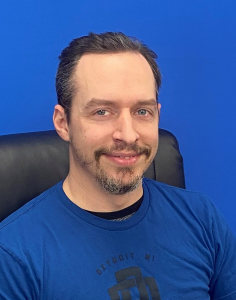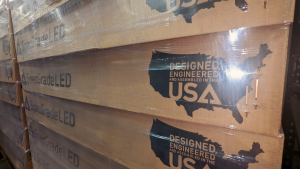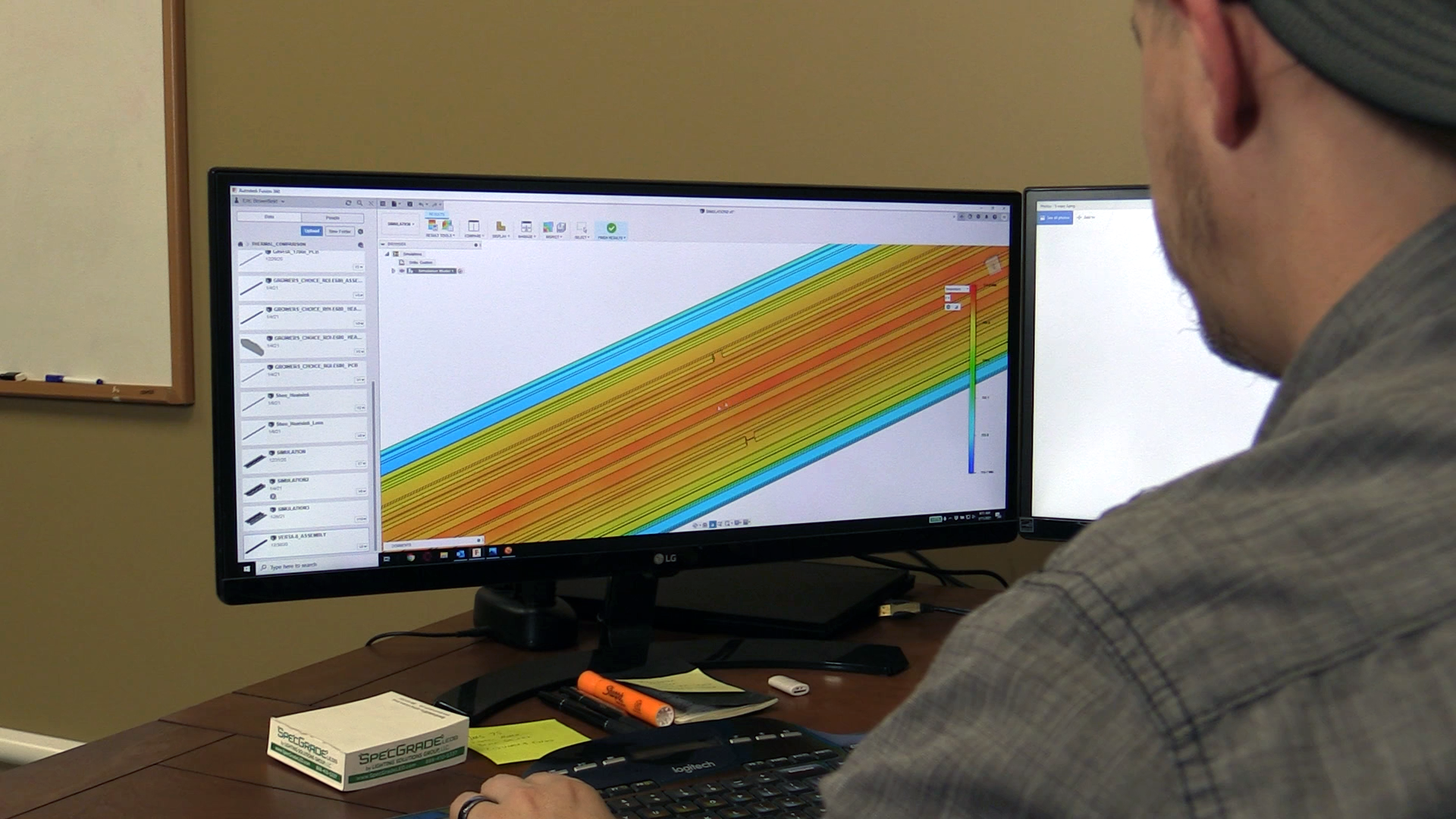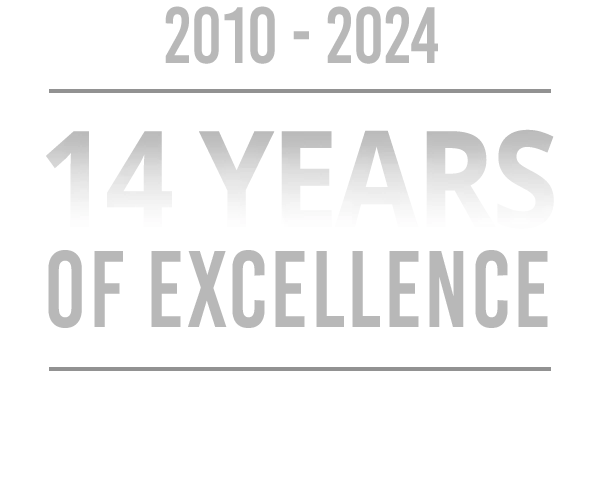When SpecGrade LED’s operations manager and senior product developer Eric Brownfield faces a challenge, he always looks for the simple answer.
SpecGrade LED’s Brownfield is tasked with designing and refining the company’s line of light fixtures – something the self-taught Brownfield says is something he loves doing.
He’s been with SpecGrade for six years and was at another electronics company before that. Brownfield worked his way up at SpecGrade, starting in the warehouse and then transitioning to technical support. In his current role, he does CAD design, thermal simulations, certifications and more.
“There are many ways to approach the design process,” he said. “It depends if it is from scratch or a modification. It all starts with a need.”

He said the process begins at the dry erase board, with SpecGrade LED’s team defining needs and how to fix or modify them.
Next, there is CAD work and then thermal simulations – leading to 3D printed prototypes or metal prototypes, depending on the design and fixture. That’s followed up with a rigorous in-house testing process to prove the design or concept.
“It’s the same basic process for both new designs and modifications,” Brownfield said. “We may be able to skip some steps for a modification but it is very similar. It is a hands-on process.”
One thing that is always consistent, however, is the team starts by writing things down:
- What SpecGrade is trying to accomplish
- The parameters
- What issues need addressing or correcting
- How to address and correct those issues
Once the basic design is in hand, SpecGrade LED’s team switches to a different process. They have a roundtable meeting to weigh the pros and cons of each feature, the cost involved and – most importantly – whether the market will bear the concept and the cost.
A final design is worked up and then it’s sent to the factory for production, meaning new toolings are made and then an actual production is run to make a sample.
At that point, Brownfield said, there is extensive in-house testing and then the prototype is sent to a third-party for validation and safety certification.
The third-party labs are looking for the following: How does the new fixture perform? Is it safe? Are the thermals accurate?
SpecGrade uses UL and EPL for safety certification. For horticulture lights, safety is key, as the lights can be subject to harsh conditions (humidity, water, dirt and dust) and heavy use. These labs go over the components, wires, fixtures and more to make sure there aren’t any hazards for the end user like risk of shock or fire.
“If it passes the safety test,” Brownfield said, “then you know it’s safe to use.”

The new fixtures are also subject to performance tests as well, by UL and also Light Lab International. These tests are basically to ascertain whether the light does what SpecGrade says it does: Does it produce the full-light intensity and overall light intensity? And does it include the wavelengths defined in the spectrum, light distribution and efficiency?
Thermal testing is also performed by UL, which is an in-situ test. The lab attaches thermal couple probes using UV blue to the LED driver and boards and then burns the light for six hours to get it up to temperature. The thermal test is critical for LED grow lights, as cooler burning lights are more durable and last longer than hotter burning lights – meaning this is how the life span of the fixture is determined in a horticultural application.
“The whole job is such a challenge and that’s what I love about it,” Brownfield said. “Every day is something new. It’s always fixing or solving a problem.”
SpecGrade LED’s team rarely gets to rework a product, because the design process is top-notch. However, changes in the market and technology drive product refreshes every few years.
“We are always looking to increase efficiency,” he said. “Everyone’s products are getting better so we have to keep innovating and keep improving. Even if we built the world’s best light tomorrow, in a few years we would have to make a better light and improve it.
“You can never stop innovating.”
To stay on top of the latest research and technology, Brownfield and his team stay current with research, market trends and their competition. They attend trade shows, talk to customers and clients and then bring that real-world feedback to the research room and use what works – and what doesn’t – to drive a better product.
“The biggest hurdle for us is cost,” he said. “The horticulture industry is becoming more and more industrial and not just commercial. And there are overseas competitors who are putting out decent fixtures at a super low cost. So, if you have a sturdy, well-designed fixture that is going to last, you have to justify the cost of that to your customers.
“We are designing a great fixture with cost in mind, but we want to remain high quality while keeping our costs in check.”
And Brownfield’s team is continuing to innovate. SpecGrade is has released a horticultural control system that allows growers and cultivators to control the climate of their indoor grow operations from a smart phone or tablet. Brownfield said the new system, launched this month, sets up a horticultural environment control system with sensors in the facility for lighting, irrigation, HVAC and more.
“It gives growers full control over their environment and microclimate,” he said. “It’s going to be a game-changer.”


